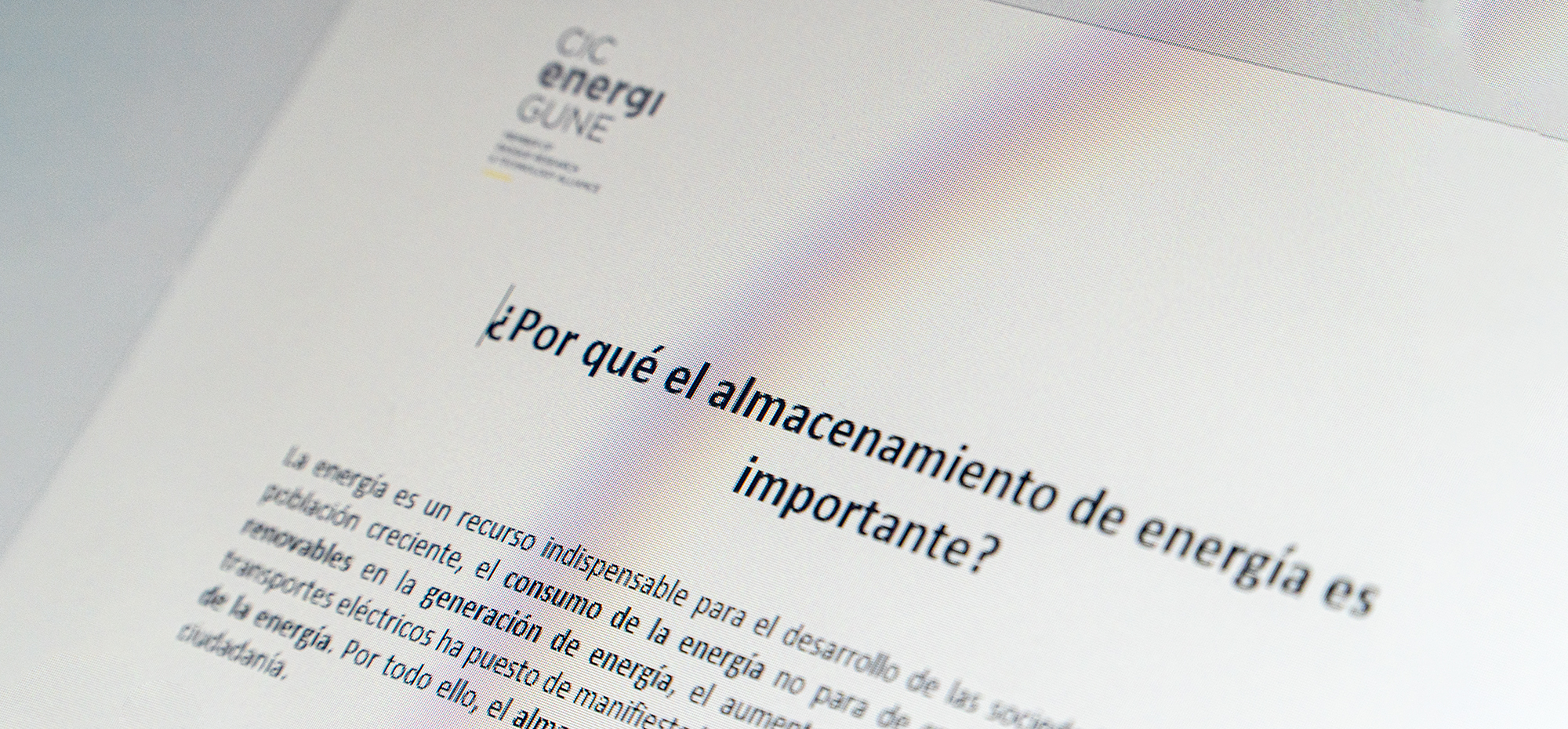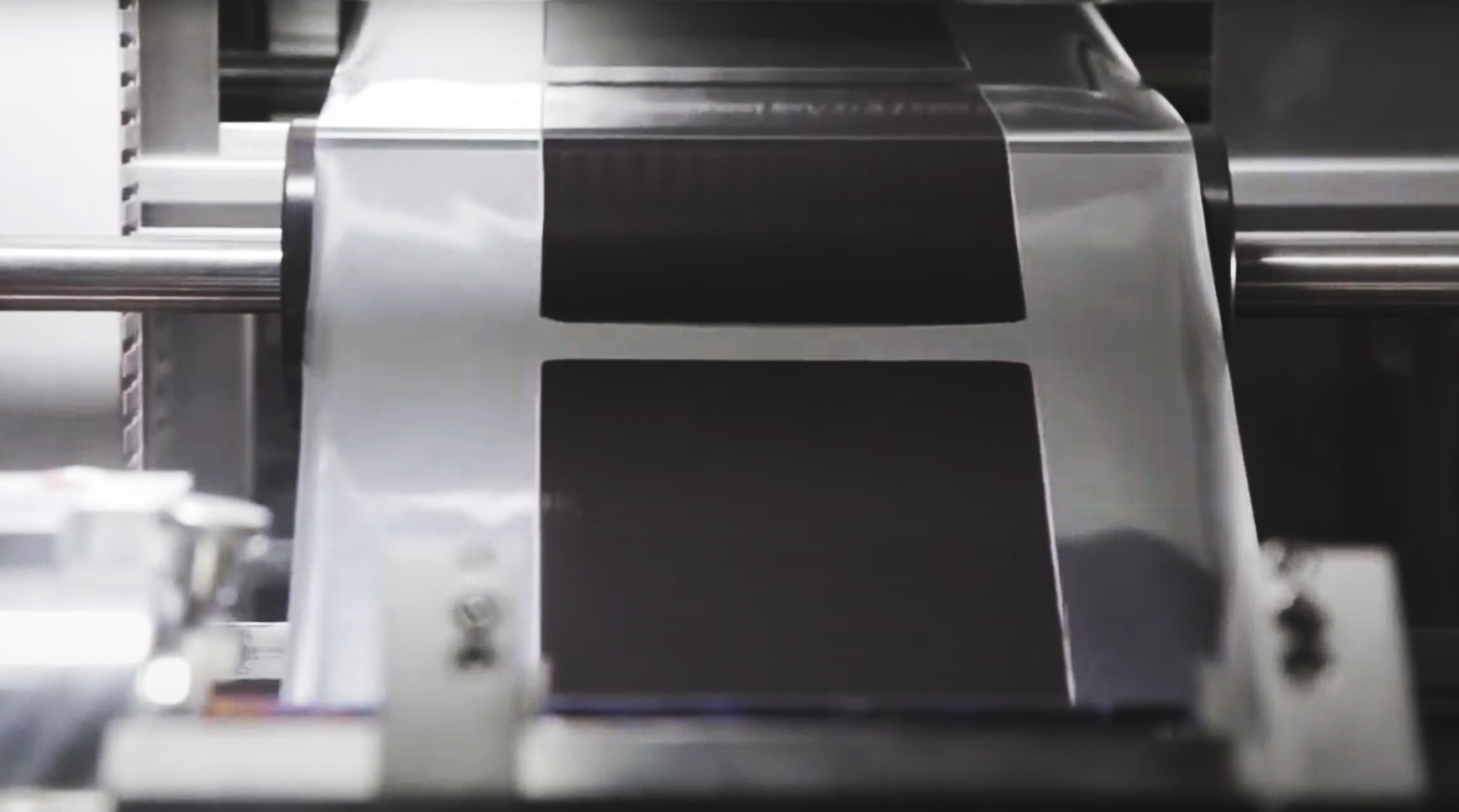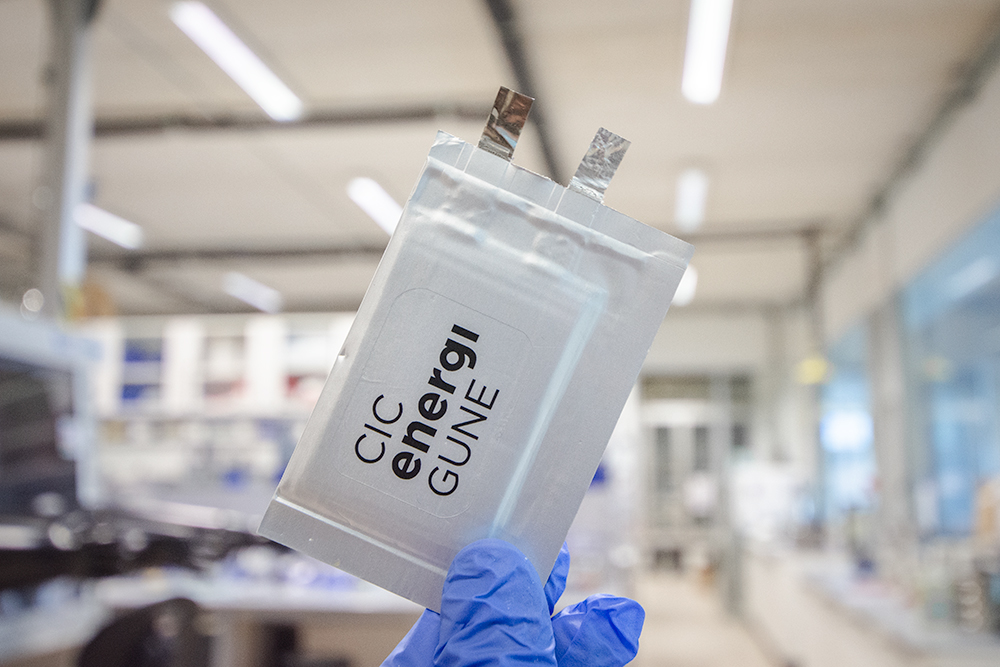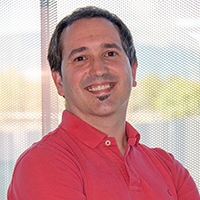In these works, research groups worldwide report the improvements that the optimization of different components (active materials, electrolytes, etc.) and their configurations have in the performance of these devices. However, most of these studies are difficult to be compared, and the improvement claimed at the laboratory scale does not generally lead to an improvement in the device.
Companies like Skeleton that have counted on Innoenergy´s investment are well aware of the need for prototyping for new supercapacitor concepts.
For this reason, at CIC energiGUNE-BRTA we have optimized some of the most important parameters in the prototyping of electrochemical supercapacitors to achieve the highest performance from each of the components.
Supercapacitors outstanding features
Electrochemical capacitors, commonly known as ultracapacitors or supercapacitors, are energy storage devices that electrostatically store the charge at the interface between the electrode and the electrolyte. Unlike lithium-ion batteries, energy storage in supercapacitors does not involve faradic processes nor insertion-extraction of ions into the lattice of active materials, which confers them several interesting features over other energy storage technologies.
The electrostatic storage mechanism, restricted to the electrode surface, and the absence of diffusion limited processes into the lattice that slow down both charge and discharge processes and generate a huge mechanical stress within the active materials, results in high power systems with outstanding stabilities, exceeding in most of the cases one million of cycles without significant decay of their pristine capacity.
Own to these properties, electrochemical capacitors are already used in applications such as memory backup systems, start-stop systems, to store energy harvested from braking or as main energy sources in urban buses and urban trams.
Supercapacitors structure
Supercapacitors are formed by two symmetrical electrodes, generally moderate electronic conductive porous carbon with high specific surface area. These electrodes are impregnated with an electrolyte, generally non-aqueous, and are separated by an insulating membrane that allows the ions diffusion to the surface of the electrodes but, prevents the contact between the electrodes and avoid the short circuit.
The energy density of these devices is directly related to the amount of charge that can be accumulated on the surface (capacitance) and to the cell voltage. And its power is related to how fast the ions can reach the surface of the electrode, to the electronic conductivity of the electrode, and its contact with the current collector.











